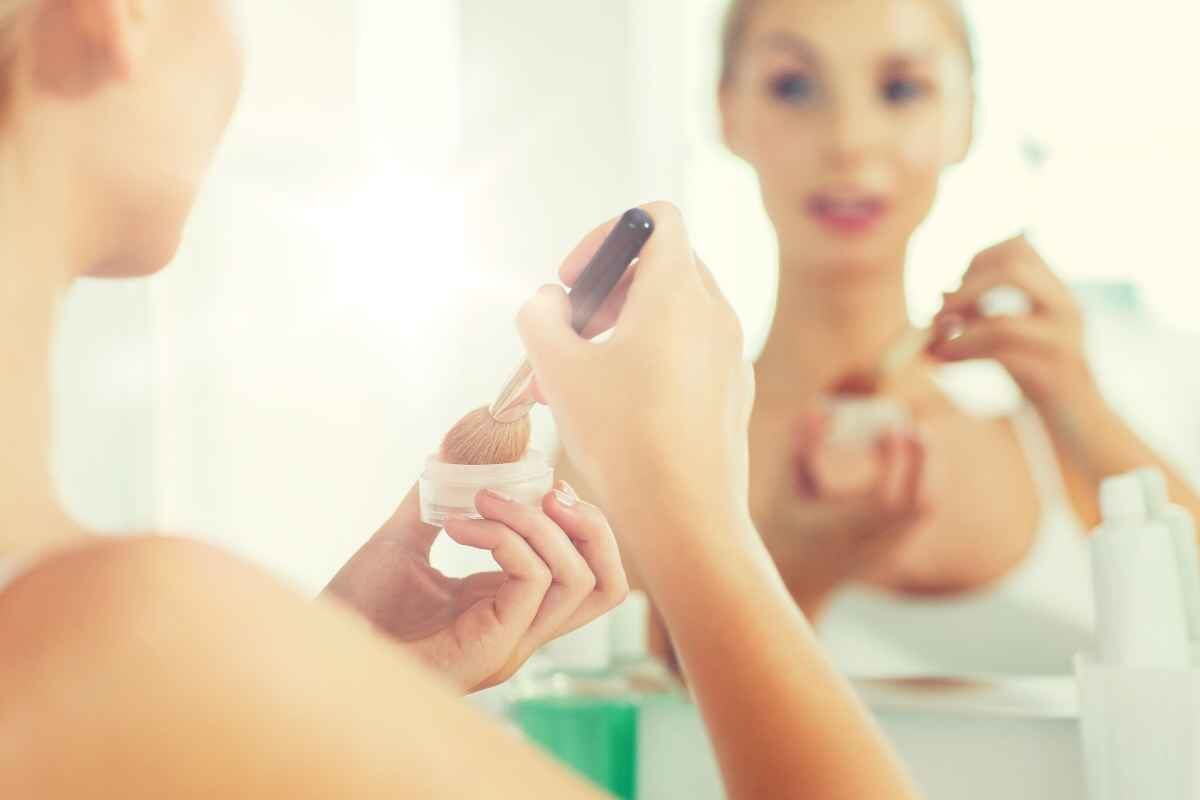How You Can Avoid Asbestos in Makeup or Cosmetics
Most people know that their homes and places of business may contain asbestos if they were built before 1990. Roofing materials, siding, lagging, insulation; asbestos was used in all kinds of building materials.
But did you know it is found in everyday items, as well? Asbestos is not a construction industry problem alone. You may even find it in your makeup. Don’t believe us? Read on to learn how it ends up in various makeup brands, and how you can avoid it.
How Asbestos Ends up in Makeup and Cosmetics
Asbestos is a naturally occurring mineral that manufacturers mine for various products around the world. So, how would it end up in your eyeshadow, talc powder, and other cosmetics?
Talc is a versatile mineral, and the softest on earth, which is why it’s used in various cosmetic and personal care products. It absorbs moisture, improves the feel of your skin, and even offers much-needed lubrication.
Unfortunately, talc is also mined close to asbestos, which means there is a genuine risk of contamination. While many cosmetic companies swear by strict testing processes to remedy the problem, it’s not fail-proof. In fact, laboratory tests commissioned by the FDA found asbestos in 20% of the samples it tested from 2018 to 2020.
What Companies Are Doing to Fix the Problem
Companies that use talc in their products, and corporations that have found themselves embroiled in costly lawsuits, are now starting to take a look at their manufacturing processes.
The pharmaceutical giant Johnson & Johnson, for example, has decided to stop selling its Johnson’s baby powder in Canada and the United States due to over 15,000 lawsuits relating to asbestos-related cancer and cross-contamination.
Chanel, too, stopped making talc-based baby powder after a woman claimed her mesothelioma cancer was caused by it. However, they still use it in pressed powder products, blush, and eye shadow.
L’Oreal is currently looking for talc alternatives, and beauty company Claire’s pulled some of their products after FDA testing found asbestos in its makeup.
Many other companies have improved their testing processes to reduce or eliminate the risk of asbestos exposure.
What Can You Do to Avoid Asbestos in Makeup?
Until makeup companies find a reliable alternative to talc, consumers can decide whether they continue to buy talc-based products, or they look for other options. Being aware of potential contamination risks is half the battle.
Be on the lookout for “talc-free” labels on packaging. If you still use talc products, research companies to find out what their testing processes entail.
Fortunately, there are also many alternatives to talcum powder itself, even if they don’t always translate to being useful in makeup products.
Corn starch, for example, is now widely used as a talcum powder alternative. Johnson & Johnson use it in their product called ‘Baby Pure’, and it’s also found in Burt’s Bee’s Baby Dusting Powder and The Honest Company Organic Baby Powder.
Baking soda, which is versatile for many things, also functions as a talc alternative. You can blend it with corn starch or kaolin clay, or buy ready-made commercial brands.
Tapioca starch, arrowroot starch, rice starch, oat flour, and kaolin clay are all fast becoming popular alternatives, as well.
What Are Governments Doing to Address the Asbestos Makeup Problem?
Governments around the world are very much aware that asbestos contamination in makeup is a genuine problem. The FDA contracted AMA Analytical Services Inc. to carry out laboratory testing, and nine products out of 52 came back positive for asbestos.
As a result, changes are in the pipeline. One such legislation is the Children’s Product Warning Label Act. Representative Debbie Dingell was the driving force behind this act, which would require all products marketed at children to be 100 per cent free of asbestos or carry warning labels.
The FDA will also be continuing its talc testing programme throughout 2020 and beyond, which will put pressure on cosmetic companies to look for talc alternatives to prevent contamination.
In previous tests, Claire’s, Beauty Plus Global Inc, and Johnson & Johnson were identified as having asbestos-contaminated products. The FDA released product information and advised customers to stop using products from specific batches. Those companies voluntarily recalled asbestos-contaminated batches.
Steps You Can Take to Avoid Asbestos Exposure
Look for talc-free makeup and personal care products
Research brands thoroughly
Read FDA reports on brands previously found to contain asbestos
Try talcum powder alternatives, such as corn starch, tapioca starch, kaolin clay, or oat flour
Now you know how you can take simple steps to avoid asbestos exposure in makeup, an everyday item that you probably didn’t know contained asbestos.


